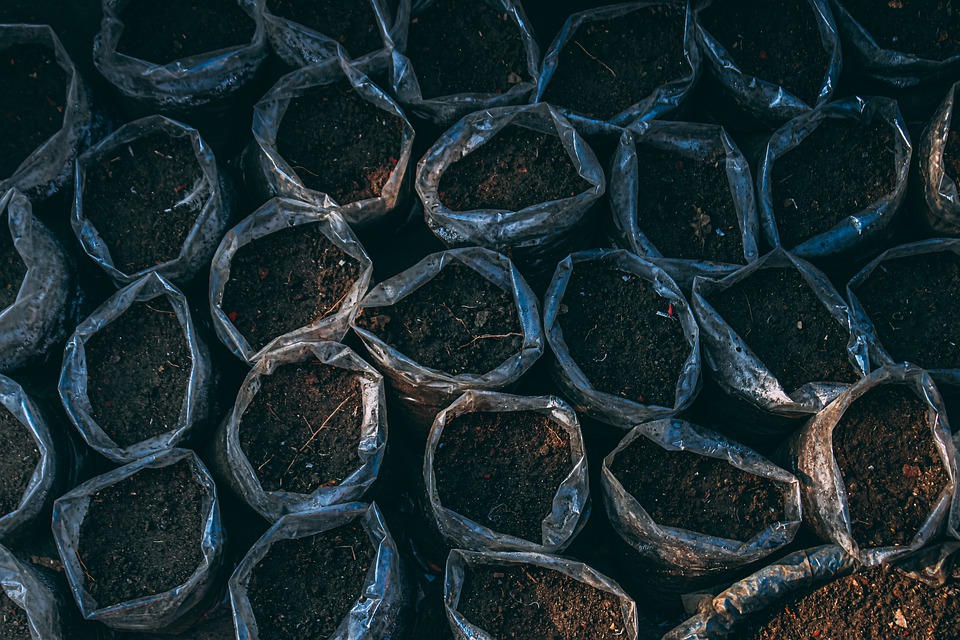Introduction
Soil is one of the most valuable resources on our planet. It plays a crucial role in supporting plant growth, storing carbon, filtering water, and providing habitat for countless organisms.
However, soil degradation and depletion have become significant environmental concerns.
Fortunately, innovative approaches to soil care are emerging, offering hope for the future of sustainable agriculture and conservation.
In this article, we will explore some of these approaches and their potential to unlock the power of soil.
Regenerative Agriculture
Regenerative agriculture is a holistic approach to farming that aims to restore and enhance soil health while producing food.
It emphasizes practices such as cover cropping, crop rotation, and minimal tillage to improve soil structure, fertility, and water-holding capacity.
By using these methods, regenerative farmers maintain continuous plant cover on the land, allowing the soil to build organic matter, sequester carbon, and enhance biodiversity.
This approach not only improves the quality of soil but also reduces erosion, increases resilience to drought, and minimizes the need for synthetic fertilizers and pesticides.
Biochar Utilization
Biochar, a type of charcoal produced from biomass, can be a powerful tool in soil care.
When incorporated into the soil, biochar enhances its fertility, improves water retention, and promotes microbial activity.
It acts as a long-lasting carbon sink, sequestering carbon for hundreds to thousands of years.
Additionally, biochar has the potential to remediate contaminated soils by adsorbing heavy metals and organic pollutants.
Its use in agriculture can lead to increased crop yields, reduced nutrient leaching, and decreased greenhouse gas emissions.
By utilizing biochar, we can harness the power of carbon in soil management and contribute to climate change mitigation.
Mycorrhizal Applications
Mycorrhizal fungi form a symbiotic relationship with plant roots, aiding in their nutrient and water uptake.
These beneficial fungi extend the reach of plant roots, enhancing their ability to access nutrients from the soil.
The use of mycorrhizal applications in agriculture can lead to improved plant health, increased yield, and reduced fertilizer requirements.
These applications also contribute to soil aggregation, enhancing soil structure, and the cycling of nutrients.
By harnessing the power of mycorrhizae, we can support sustainable agriculture while reducing the environmental impact of conventional farming practices.
Soil Sensing Technologies
Advancements in soil sensing technologies are revolutionizing soil care.
These technologies allow farmers and land managers to monitor soil health parameters in real-time, enabling precise and targeted interventions.
Soil moisture sensors, for example, provide data on soil water content, allowing farmers to optimize irrigation efficiency and reduce water waste.
Regular soil testing using sensors can also provide insights on nutrient levels, pH, and compaction, helping farmers adjust their fertilization and tillage practices accordingly.
By leveraging these technologies, we can make informed decisions, optimize resource utilization, and enhance soil health.
FAQs Section
What causes soil degradation?
Soil degradation can result from various factors such as improper land use, deforestation, overgrazing, erosion, pollution, and excessive use of synthetic fertilizers and pesticides.
These practices can lead to soil erosion, nutrient depletion, compaction, loss of organic matter, and contamination, negatively impacting soil health and productivity.
How can regenerative agriculture combat soil degradation?
Regenerative agriculture practices promote soil health by rebuilding organic matter, preventing erosion, and enhancing biodiversity.
Incorporating cover crops, crop rotation, and minimal tillage into farming systems can improve soil structure, increase water infiltration, and promote nutrient cycling.
By minimizing the use of synthetic inputs, regenerative agriculture reduces pollution and greenhouse gas emissions, contributing to long-term soil conservation and sustainability.
What are the benefits of using biochar in soil?
Biochar enhances soil fertility, water retention, and microbial activity.
It acts as a carbon sink, sequestering carbon for extended periods.
Its use can also remediate contaminated soils by adsorbing pollutants.
Increasing the organic carbon content in soil through biochar application leads to improved nutrient availability, reduced nutrient leaching, increased crop productivity, and climate change mitigation.
How do mycorrhizal applications benefit soil health?
Mycorrhizal fungi form a symbiotic relationship with plant roots, improving nutrient and water uptake.
They enhance plant resistance to diseases, pests, and environmental stresses.
Mycorrhizal applications improve soil structure, aggregate stability, and nutrient cycling.
By enhancing plant health and nutrient availability, mycorrhizae contribute to sustainable agriculture, reduced fertilizer requirements, and minimized environmental impacts.
What are the advantages of soil sensing technologies?
Soil sensing technologies provide real-time data on soil parameters, allowing for precise management decisions.
Farmers can optimize irrigation efficiency, reduce water consumption, and prevent over- or under-watering by monitoring soil moisture.
Regular soil testing helps adjust fertilizer application, promoting nutrient use efficiency and reducing nutrient runoff.
Soil sensors also aid in identifying soil compaction, pH imbalances, and other issues, enabling targeted interventions for enhanced soil health and productivity.




